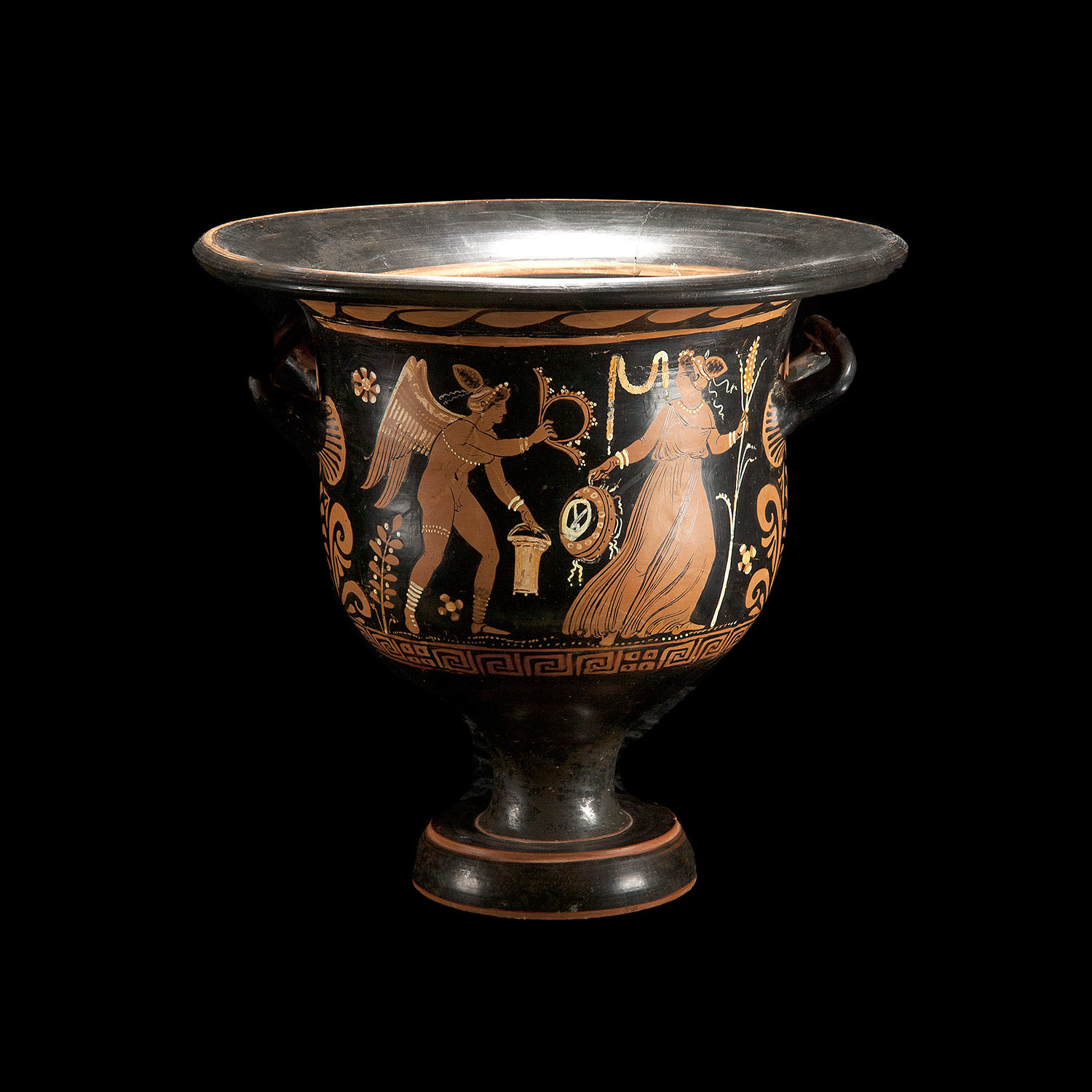Shilohsfoal
Member
- Mar 2, 2009
- 3,460
- 107
- Thread starter
- #81
Jerimiah 51;45
My people,go ye out of the midst of her,and deliver ye every man his soul from the fierce anger of the Lord.
The true story of what happened to ancient Babylon under the Medes.
And you want to call this God's fierce anger?ROFLOL
Persia captures Babylon
In 539 BC, the Neo-Babylonian Empire fell to Cyrus the Great, king of Persia, with an unprecedented military engagement known as the Battle of Opis. The famed walls of Babylon were indeed impenetrable, with the only way into the city through one of its many gates or through the Euphrates, which ebbed beneath its thick walls. Metal gates at the river's in-flow and out-flow prevented underwater intruders, if one could hold one's breath to reach them. Cyrus (or his generals) devised a plan to use the Euphrates as the mode of entry to the city, ordering large camps of troops at each point and instructed them to wait for the signal. Awaiting an evening of a national feast among Babylonians (generally thought to refer to the feast of Belshazzar mentioned in Daniel V), Cyrus' troops diverted the Euphrates river upstream, causing the Euphrates to drop to about 'mid thigh level on a man' or to dry up altogether. The soldiers marched under the walls through the lowered water. The Persian Army conquered the outlying areas of the city's interior while a majority of Babylonians at the city center were oblivious to the breach. The account was elaborated upon by Herodotus,[9] and is also mentioned by passages in the Hebrew Bible.[10][11]
Cyrus later issued a decree permitting captive people, including the Jews, to return to their own land (as explained in the Old Testament), to allow their temple to be rebuilt back in Jerusalem.
Under Cyrus and the subsequent Persian king Darius the Great, Babylon became the capital city of the 9th Satrapy (Babylonia in the south and Athura in the north), as well as a centre of learning and scientific advancement. In Achaemenid Persia, the ancient Babylonian arts of astronomy and mathematics were revitalised and flourished, and Babylonian scholars completed maps of constellations. The city was the administrative capital of the Persian Empire, the preeminent power of the then known world, and it played a vital part in the history of that region for over two centuries. Many important archaeological discoveries have been made that can provide a better understanding of that era.[12][13]
The early Persian kings had attempted to maintain the religious ceremonies of Marduk, but by the reign of Darius III, over-taxation and the strains of numerous wars led to a deterioration of Babylon's main shrines and canals, and the disintegration of the surrounding region. Despite three attempts at rebellion in 522 BC, 521 BC and 482 BC, the land and city of Babylon remained solidly under Persian rule for two centuries, until Alexander the Great's entry in 331 BC.
My people,go ye out of the midst of her,and deliver ye every man his soul from the fierce anger of the Lord.
The true story of what happened to ancient Babylon under the Medes.
And you want to call this God's fierce anger?ROFLOL
Persia captures Babylon
In 539 BC, the Neo-Babylonian Empire fell to Cyrus the Great, king of Persia, with an unprecedented military engagement known as the Battle of Opis. The famed walls of Babylon were indeed impenetrable, with the only way into the city through one of its many gates or through the Euphrates, which ebbed beneath its thick walls. Metal gates at the river's in-flow and out-flow prevented underwater intruders, if one could hold one's breath to reach them. Cyrus (or his generals) devised a plan to use the Euphrates as the mode of entry to the city, ordering large camps of troops at each point and instructed them to wait for the signal. Awaiting an evening of a national feast among Babylonians (generally thought to refer to the feast of Belshazzar mentioned in Daniel V), Cyrus' troops diverted the Euphrates river upstream, causing the Euphrates to drop to about 'mid thigh level on a man' or to dry up altogether. The soldiers marched under the walls through the lowered water. The Persian Army conquered the outlying areas of the city's interior while a majority of Babylonians at the city center were oblivious to the breach. The account was elaborated upon by Herodotus,[9] and is also mentioned by passages in the Hebrew Bible.[10][11]
Cyrus later issued a decree permitting captive people, including the Jews, to return to their own land (as explained in the Old Testament), to allow their temple to be rebuilt back in Jerusalem.
Under Cyrus and the subsequent Persian king Darius the Great, Babylon became the capital city of the 9th Satrapy (Babylonia in the south and Athura in the north), as well as a centre of learning and scientific advancement. In Achaemenid Persia, the ancient Babylonian arts of astronomy and mathematics were revitalised and flourished, and Babylonian scholars completed maps of constellations. The city was the administrative capital of the Persian Empire, the preeminent power of the then known world, and it played a vital part in the history of that region for over two centuries. Many important archaeological discoveries have been made that can provide a better understanding of that era.[12][13]
The early Persian kings had attempted to maintain the religious ceremonies of Marduk, but by the reign of Darius III, over-taxation and the strains of numerous wars led to a deterioration of Babylon's main shrines and canals, and the disintegration of the surrounding region. Despite three attempts at rebellion in 522 BC, 521 BC and 482 BC, the land and city of Babylon remained solidly under Persian rule for two centuries, until Alexander the Great's entry in 331 BC.








